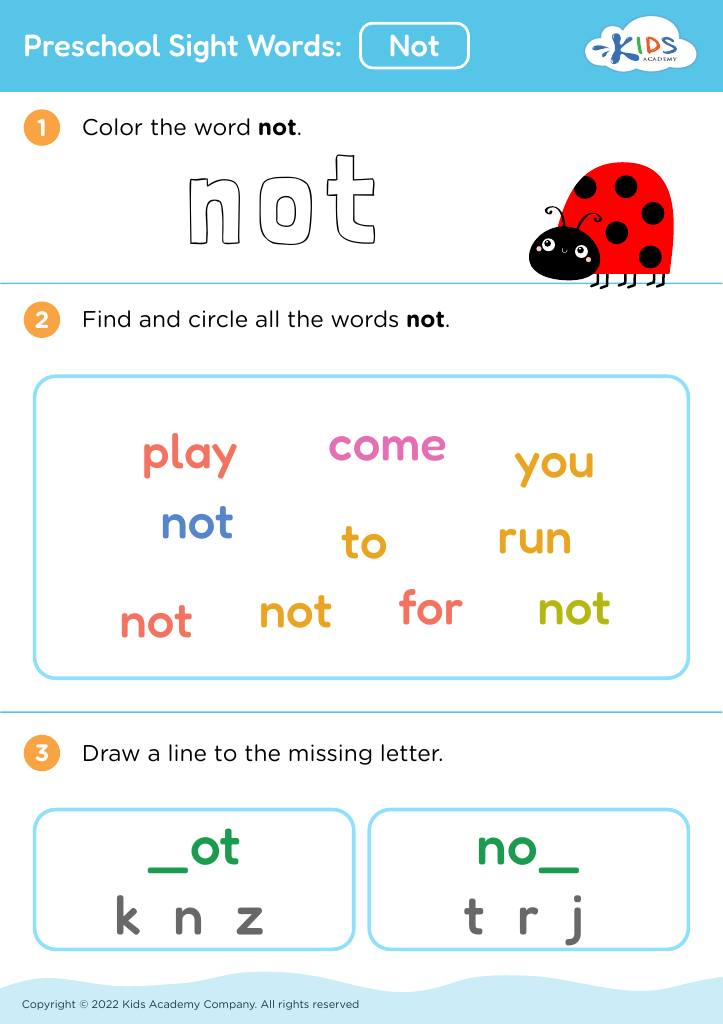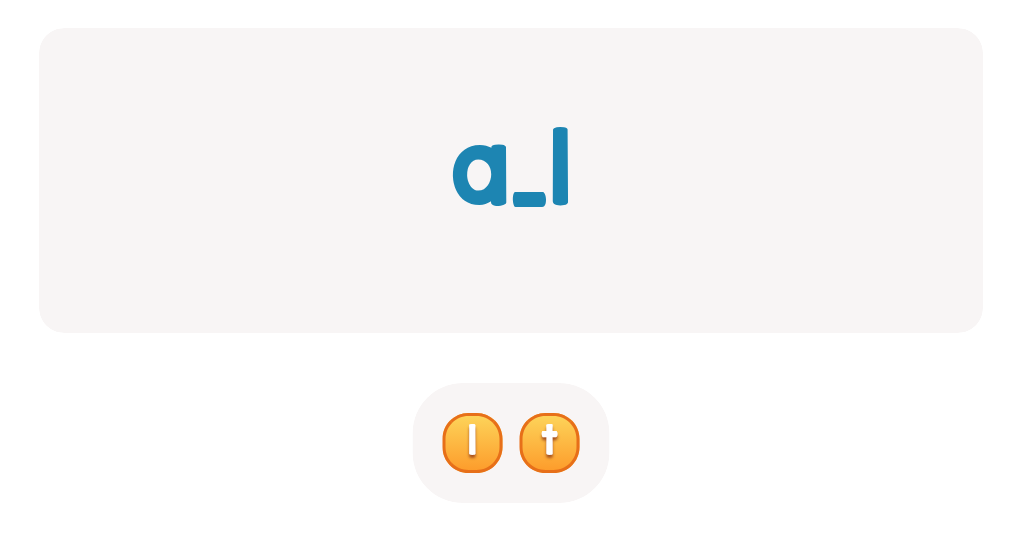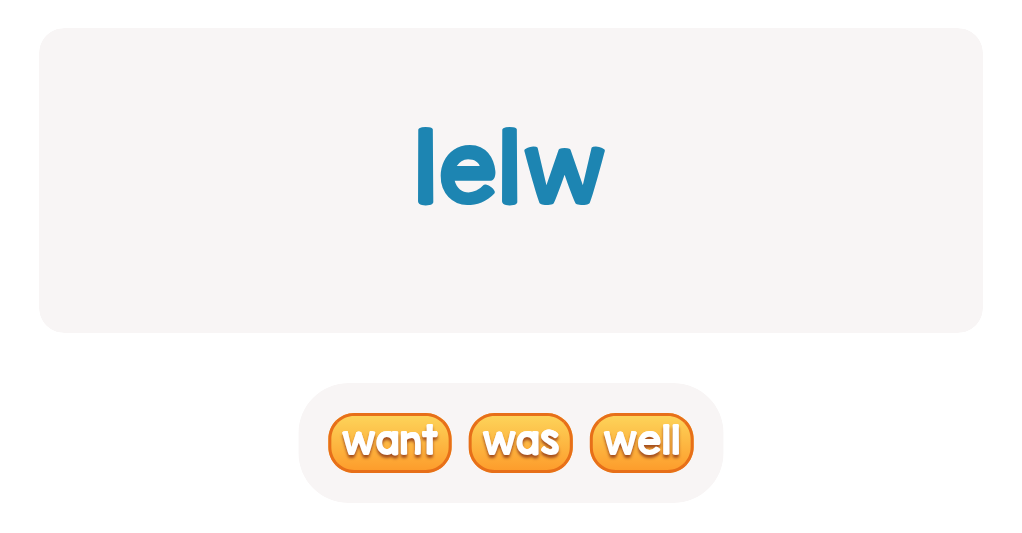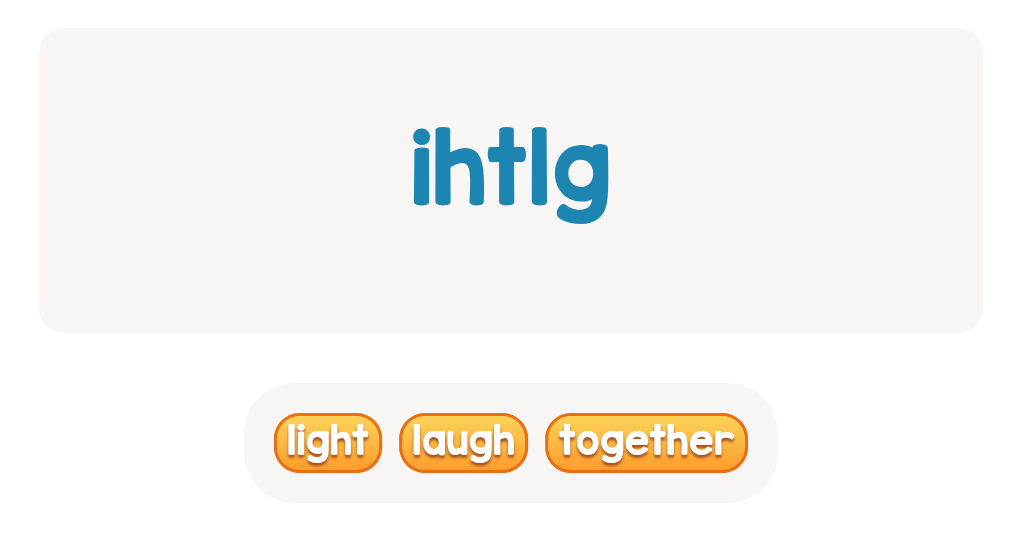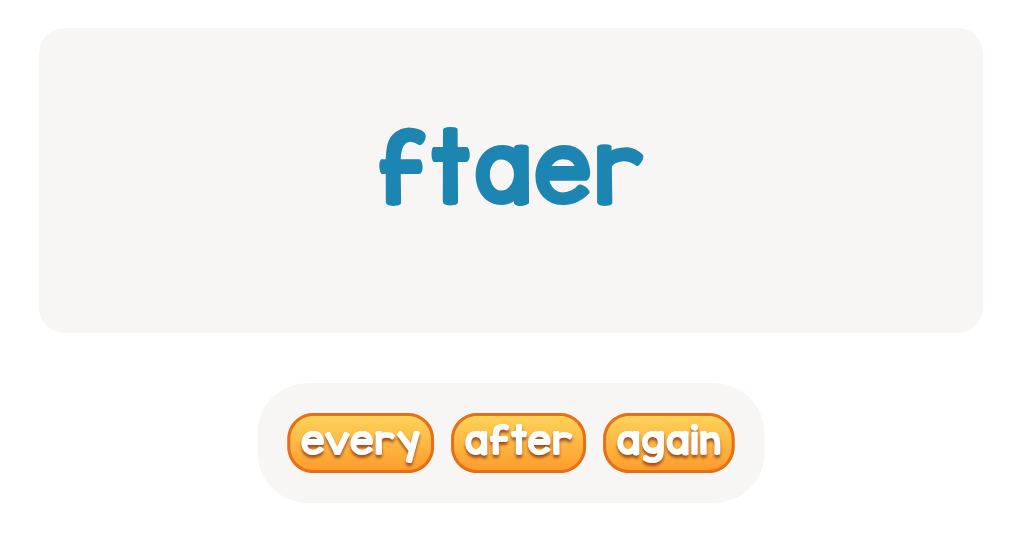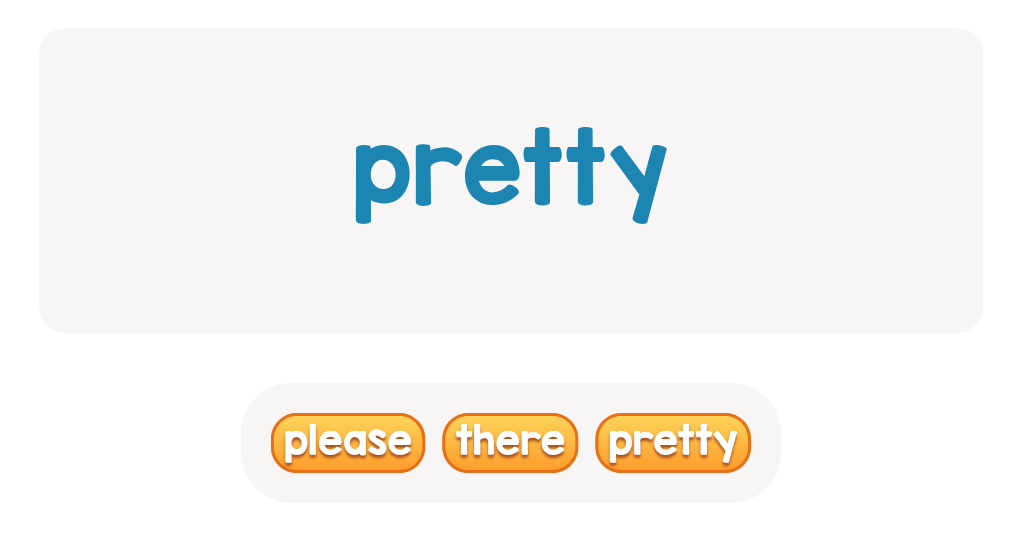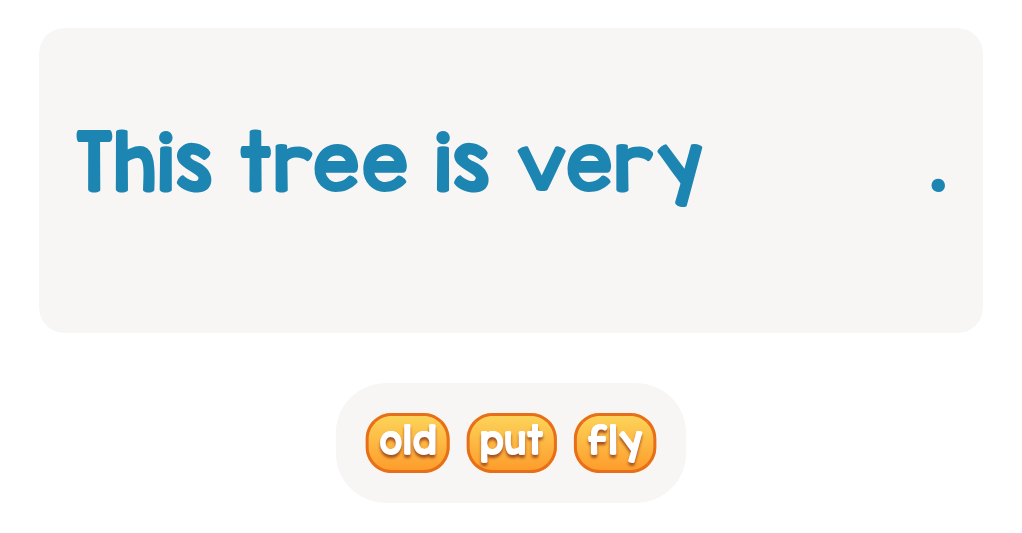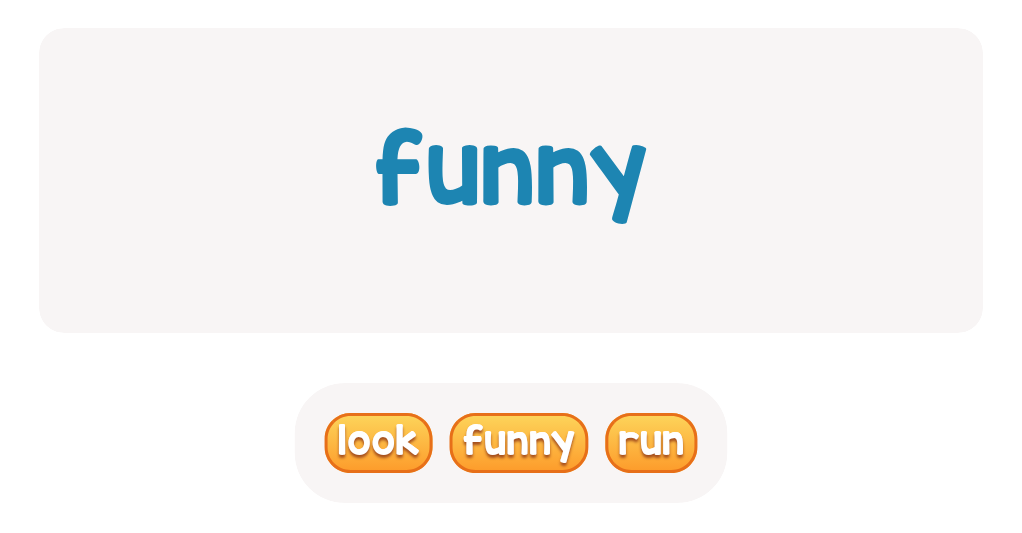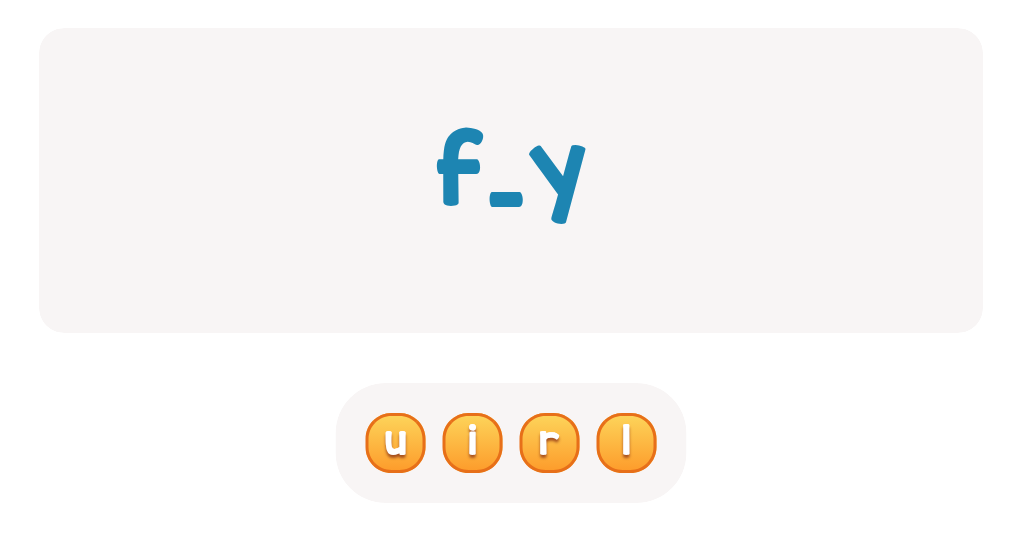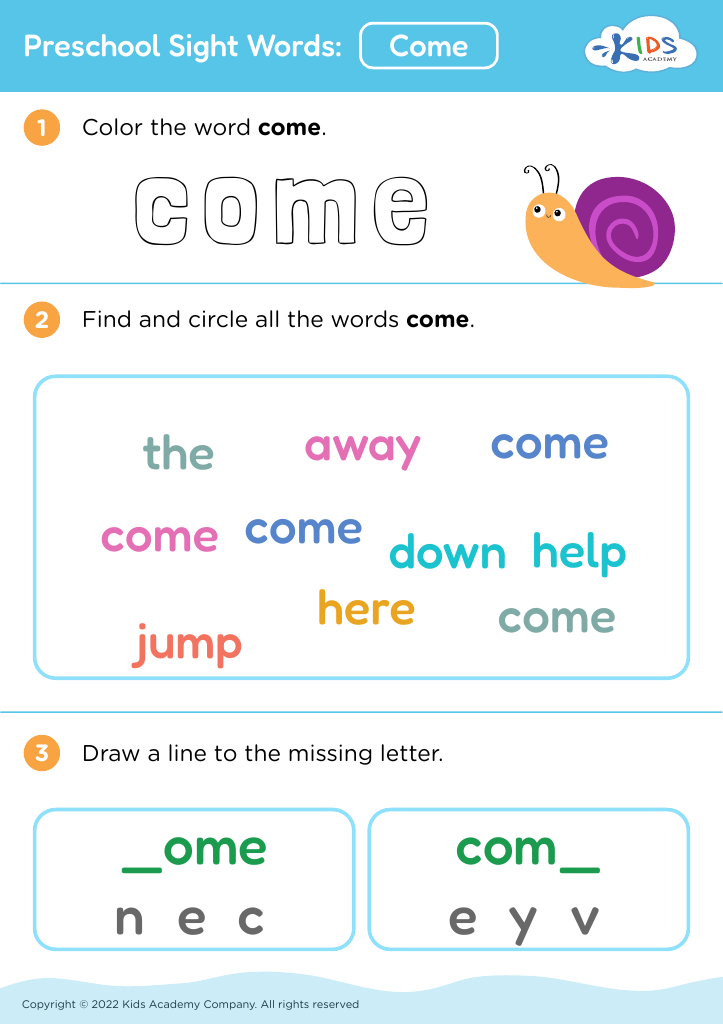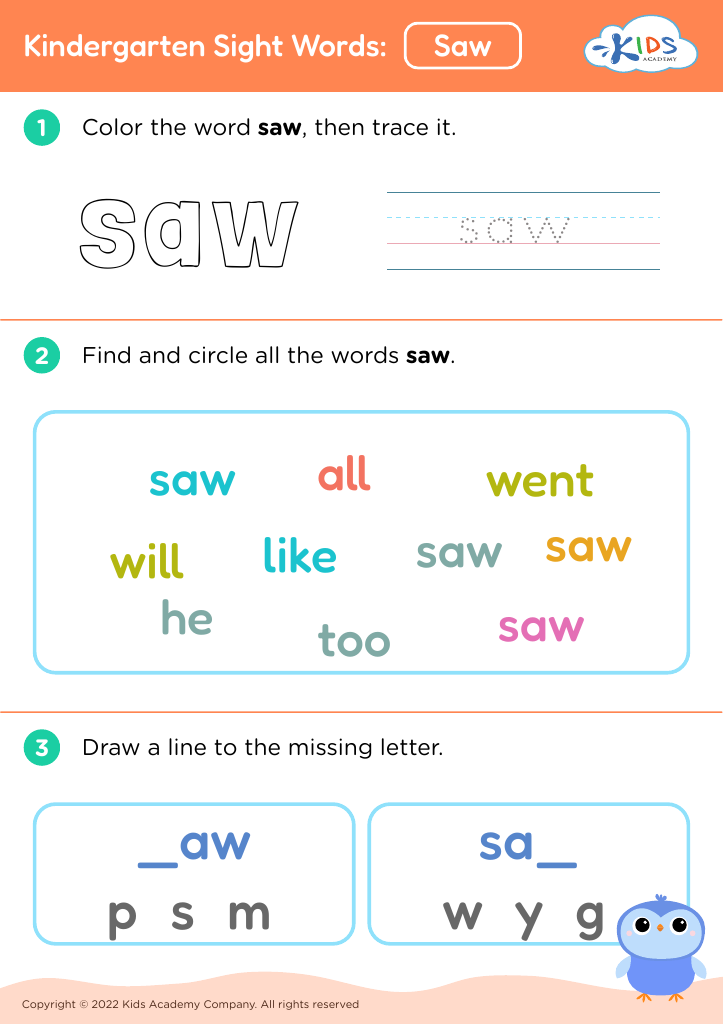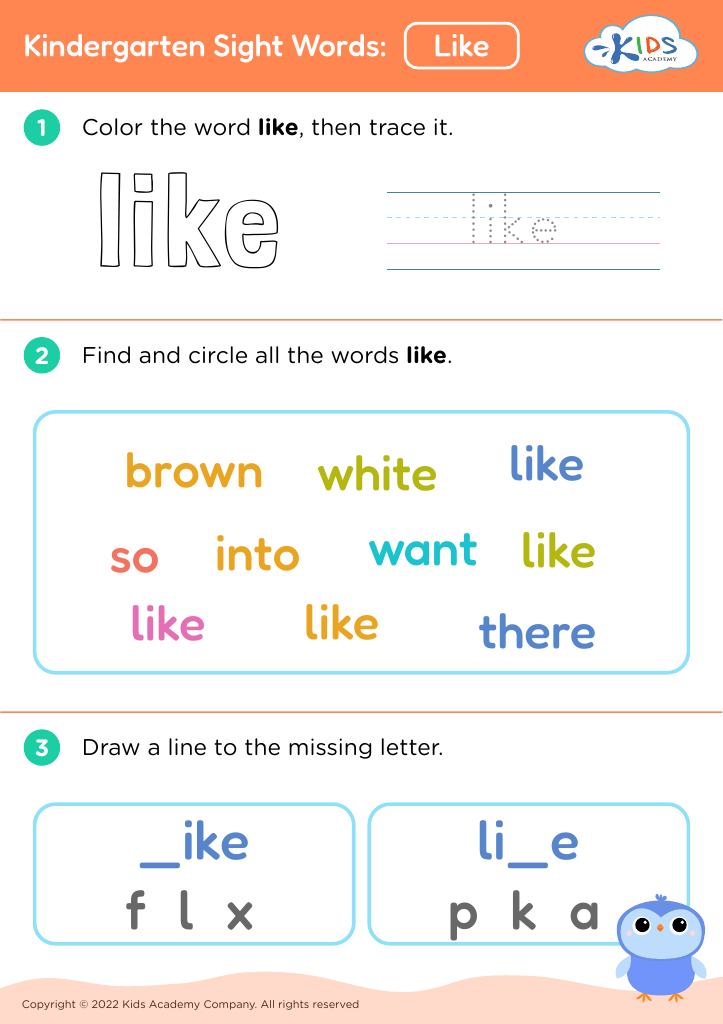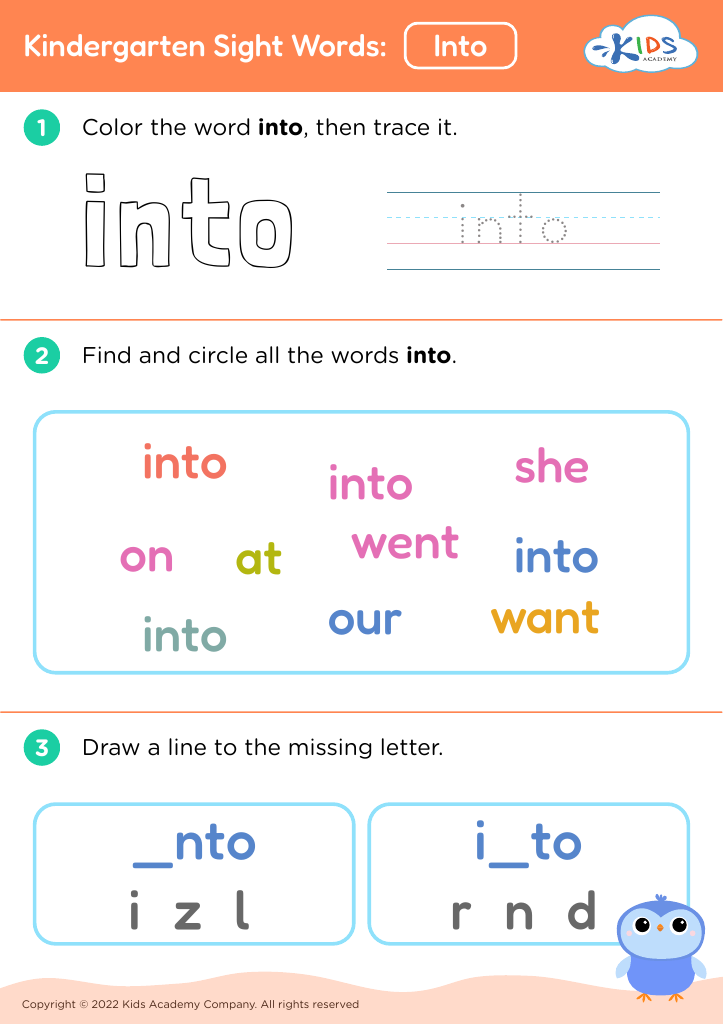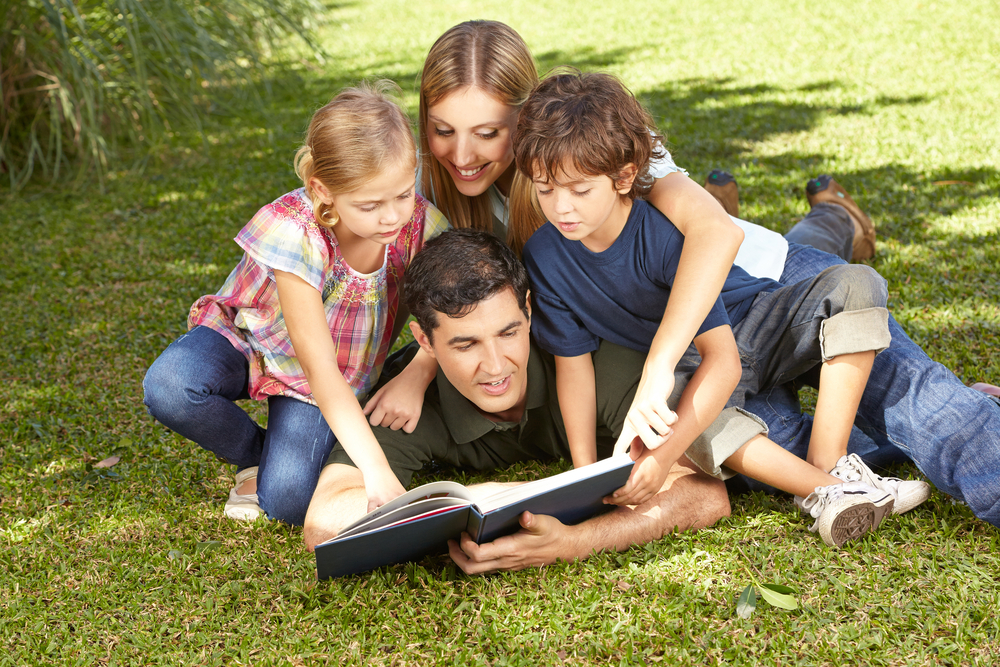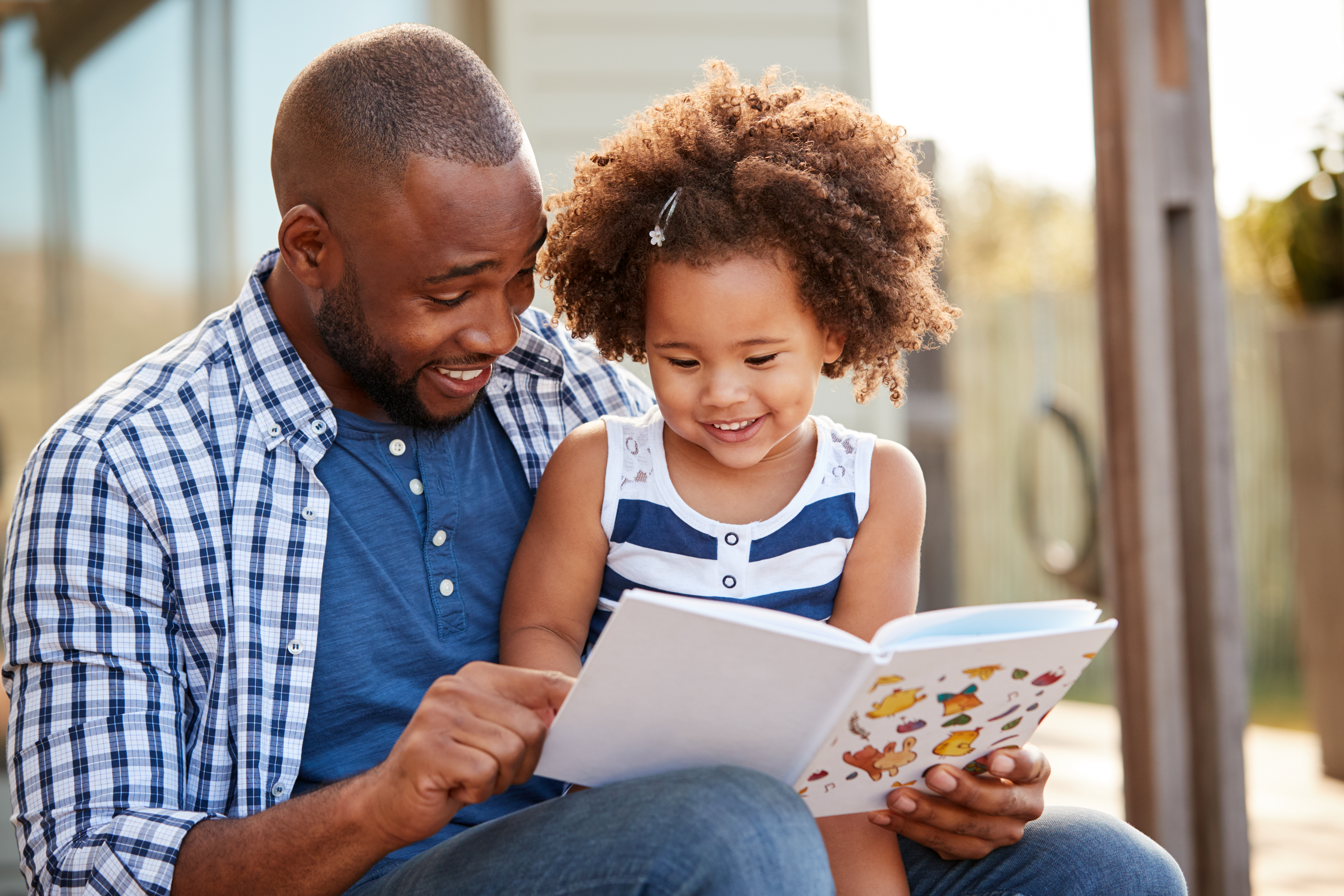Identifying shapes Building Vocabulary Worksheets for Ages 3-5
5 filtered results
-
From - To
Welcome to our "Identifying Shapes Building Vocabulary Worksheets" designed specifically for children ages 3-5. These engaging worksheets help young learners recognize and name a variety of shapes while building their vocabulary in a fun and interactive way. Through colorful illustrations and simple activities, children will enhance their understanding of basic shapes such as circles, squares, triangles, and more. Our resources promote early literacy and cognitive development, making learning enjoyable for your little ones. Perfect for homeschooling or classroom settings, these worksheets provide a solid foundation in shape recognition, setting the stage for future learning. Download and explore today!
Identifying shapes and building vocabulary are crucial developmental milestones for children aged 3 to 5 years. Engaging in shape identification helps children understand the world around them, enhancing their spatial awareness and cognitive skills. Recognizing shapes lays the foundation for future mathematical concepts, such as geometry and problem-solving skills. When children can differentiate between circles, squares, triangles, and other shapes, they develop essential categorization and critical thinking abilities that are vital for their educational growth.
Moreover, building vocabulary in young children plays a significant role in language development and communication skills. A rich vocabulary enhances their ability to express themselves, understand others, and develop reading and writing skills. As children learn the names and features of various shapes, they are simultaneously expanding their language repertoire. Incorporating shape-related vocabulary into their everyday conversations and activities promotes linguistic competence, enabling children to articulate their thoughts and ideas more effectively.
For parents and teachers, supporting children in their shape identification and vocabulary building is integral to fostering a well-rounded and confident learner. By actively participating in shape games, discussions, and creative activities, adults can significantly contribute to a child's academic success and social competence in both the present and the future.
